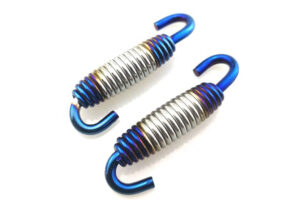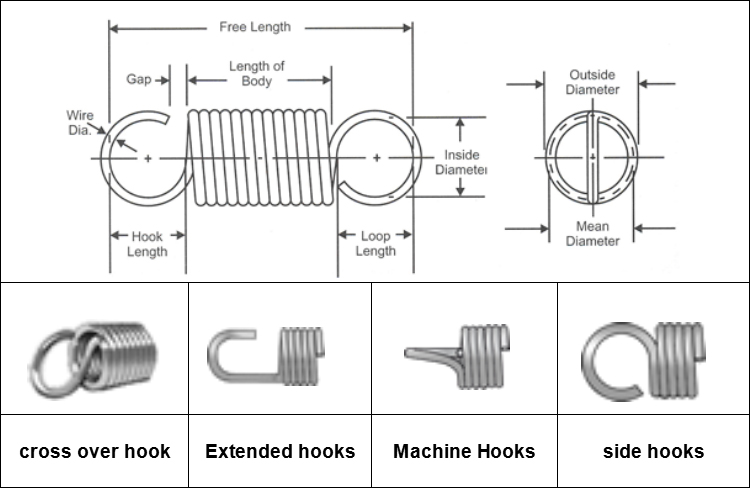Design of Extension Spring
 Extension springs are widely used in a variety of applications, from garage doors to toys. These springs are designed to exert force when they are pulled apart, which makes them perfect for use in numerous industries. At their core, extension springs consist of a long, coiled wire that resists being extended. When the spring is pulled, the coils unwind, and the spring exerts a force that opposes that pulling.Here’s a brief introduction of Design of Extension Spring.
Extension springs are widely used in a variety of applications, from garage doors to toys. These springs are designed to exert force when they are pulled apart, which makes them perfect for use in numerous industries. At their core, extension springs consist of a long, coiled wire that resists being extended. When the spring is pulled, the coils unwind, and the spring exerts a force that opposes that pulling.Here’s a brief introduction of Design of Extension Spring.
Loading Power
When it comes to designing extension springs, there are several factors to consider. The first and most important factor is the load that the spring will need to handle. Since extension springs function by resisting extension, they must be designed to handle the forces that will be applied to them. The load can be calculated using the weight that the spring will have to support, the distance it will need to stretch, and the amount of force it will need to exert.
Spring Material
Another important factor to consider when designing extension springs is the material that they will be made from. The most common materials used for extension springs are stainless steel, music wire, and hard-drawn wire. Each of these materials has different properties that make them suited to certain applications. For instance, stainless steel is an excellent material for springs that will be exposed to corrosive environments.
Design End shape of Extension Spring

Finally, when designing extension springs, it is important to consider the type of ends that the spring will have. The ends of the spring can be designed in a variety of different ways, but the most common are loops, hooks, and threaded inserts. The type of end that is used will depend on the specific requirements of the application, such as the need for a secure attachment or the ability to adjust the length of the spring.
In conclusion, the design of extension springs requires careful consideration of several important factors, including the load that the spring will need to handle, the material that it will be made from, and the type of ends that it will have. By taking these factors into account, designers can create extension springs that are tailored to the specific needs of their applications. Whether you are designing a spring for a garage door or a toy, paying attention to these details will ensure that your spring will function properly and reliably for years to come.






